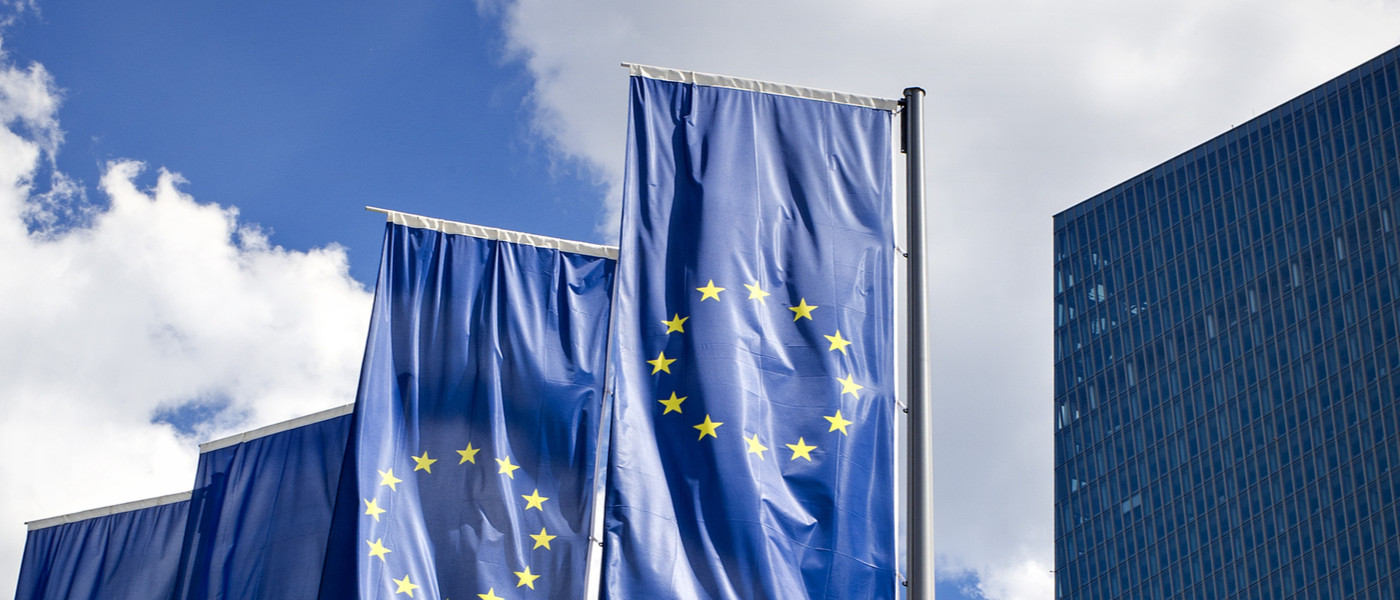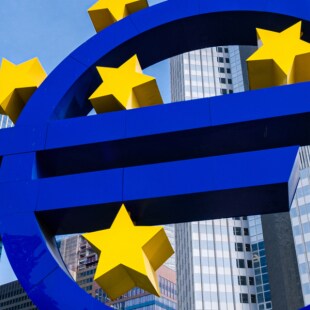Economic troubles persist…
These restrictions hit activity particularly hard during the first wave of the pandemic last spring, with Q2 2020 GDP contracting 11.6% quarter on quarter (q/q).
One of the big lessons of this crisis is the impressive rebound capacity of economies during the reopening phase. The rebound was much stronger than expected in Q3 2020, with GDP surging 12.5% q/q. The year 2021 started on a timid note with GDP declining again (-0.6% q/q). The acceleration of vaccination campaigns in member states augurs well for the period thereafter. Vaccination coverage is still lower than the rates observed in the United States (where more than 40% of the population has received at least one dose of the vaccine), the UK (50%) and especially Israel (more than 60%), but there is a positive momentum in Europe. In Germany and Spain, nearly a quarter of the population has received a first dose, while more than 20% have been vaccinated in Italy and France.
… but they should ease significantly in H2 2021
The acceleration of vaccination campaigns in eurozone member states is the key to a sustainable and vigorous economic recovery. Economic outlook largely depends on the success of vaccination roll-outs, which would not only pave the way for lifting all of the health restrictions that are weighing on activity, but would also remove the uncertainty over the future course of the virus, which continues to influence the decision-making of economic players, including both households and companies. The improvement in the economic situation can be seen in the most recently available statistics. Reflecting the health of various economic sectors, the purchasing managers index (PMI) is looking upbeat. In the tradeable services sector, which has been hard hit by health measures, PMI has improved significantly since the beginning of 2021, which augurs well for economic growth in the months ahead. In April 2021, the services PMI rose above 50, the threshold separating economic expansion from contraction, for the first time since August 2020.
Although health restrictions are still in place in many countries, the services sector has swung back into growth, demonstrating how sector companies have successfully adapted to restrictions. Eurozone consumers have regained confidence since early 2021, and the consumer confidence index has nearly returned to pre-crisis levels. This is a very good signal since activity in the services sector is largely dependent on private consumption. As to the manufacturing sector, it is benefiting from the rebound in international trade. Manufacturing PMI has held robustly above 50 since summer 2020, with strong increases in March and April 2021, to record-high levels.
« Eurozone consumers have regained confidence since early 2021, and the consumer confidence index has nearly returned to pre-crisis levels. »
All in all, we expect to see a strong acceleration in the Eurozone’s catching-up dynamics as of H2 2021, driven by three key factors: the increased pace of vaccinations, the rebound in demand after restrictions are lifted, and ongoing support from public policy – both monetary and fiscal policies – within the Eurozone (see below) and in the US with the American Rescue Plan. Eurozone GDP should rebound strongly in 2021, with full-year growth estimated at 4.2%, followed by another acceleration to 5% in 2022. Under this scenario, Eurozone GDP could return to pre-crisis levels sometime in H1 2022.
Public policies should continue to support the eurozone recovery
European public finances have been severely tested by the economic recession, higher healthcare spending and massive state support for both companies and households. At 98% of GDP in 2020, the Eurozone’s public debt ratio was just below the symbolic figure of 100%. This is a little more than 13 points of GDP higher than in 2019, the biggest increase in the public debt since the Great Recession of 2009.
Among the countries hit hardest, Spain’s public debt-to-GDP ratio increased by about 25 points of GDP, while Germany’s debt ratio rose by a more moderate 10 points of GDP. Yet higher debt ratios are not synonymous with a sharp deterioration in the sustainability of European public debt. Massive government bond purchasing by the European Central Bank (ECB) has been maintaining long-term interest rates at very low levels in the Eurozone. The ECB recently increased the pace of assets purchases to avoid any tightening of financing conditions. The recent upturn in inflation is likely to be only temporary, and monetary support will be maintained as long as inflation is not holding sustainably at the central bank’s 2% target.
« Yet higher debt ratios are not synonymous with a sharp deterioration in the sustainability of European public debt. »
Under this environment, the priority will be to not repeat the mistakes of 2011, and to avoid a premature tightening of public policies that would hamper the recovery. It seems very likely that public debt will rise again this year. Moreover, member states will begin to benefit from the first subsidies from the Next Generation EU recovery plan in H2 2021.
To know more :


